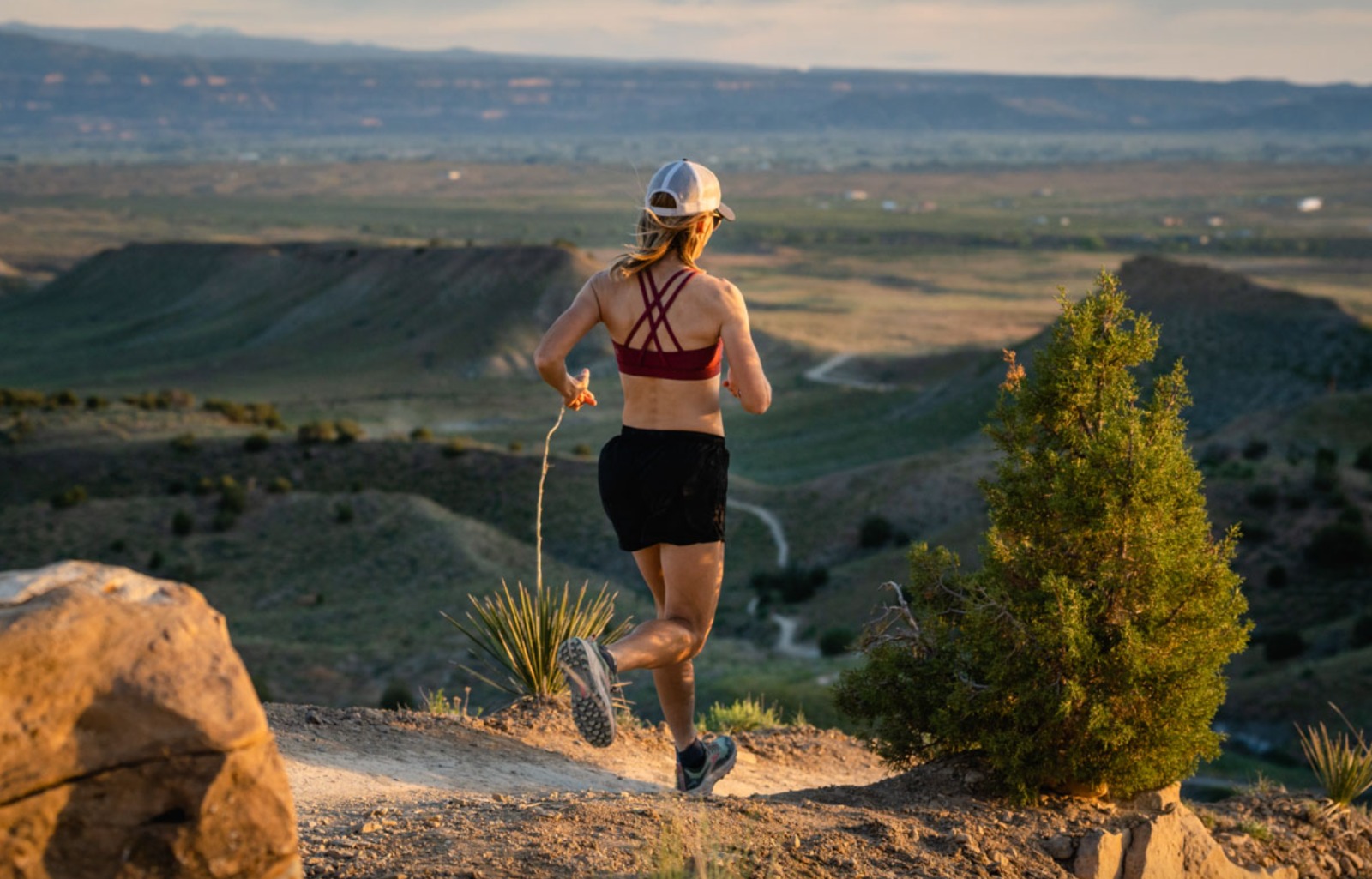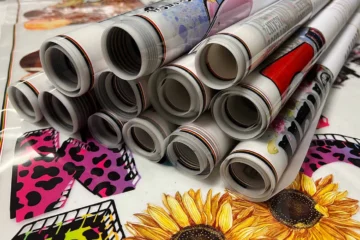A growing emphasis on health, well-being, and active lifestyles has led to a global spike in demand for women’s sports bras in recent years. Consequently, the sports bra market has expanded in diversity, offering a wide range of patterns, styles, and features to suit the requirements and inclinations of women globally. The global landscape of women’s sports bra designs is explored in this article, which looks at trends, cultural influences, and functional needs that affect women’s decisions in various places.
Evolution of Designs in Women’s Sports Bras:
Technological developments, shifts in fashion preferences, and discoveries in sports science and biomechanics have all influenced the evolution of sports bra designs. Sports bras have evolved significantly to satisfy the varied needs of active women, from simple compression bras to elegant encapsulation forms. With its many cutting-edge features—like moisture-wicking materials, adjustable straps, cushioned cups, and thoughtful ventilation—modern sports bras combine fashion and function for a variety of physical activities.
Regional Trends and Cultural Influences:
Regional fashion, body image, and fitness trends, as well as cultural conventions, impact global choices for women’s sports bra designs. Performance-driven designs with clean, minimalist aesthetics are highly valued in Western nations like the United States and Europe. Women who participate in sports like CrossFit, HIIT, and jogging are drawn to high-impact sports bras with compression and encapsulating features.
Conversely, sports bras with more coverage and less exposed styles are preferred in Asian nations like South Korea and Japan, where discretion and modesty are valued. Asian women frequently choose racerback and high-neck styles because they provide support and modesty when working out. Additionally, the design aesthetics of sports bras in Asian countries are frequently influenced by cultural preferences for vivid colors, whimsical designs, and feminine touches.
Functional Needs and Performance Demands:
Regional variations aside, functional needs and performance demands are what ultimately determine women’s preferences for sports bras. High-impact sports bras with maximum support and encapsulation are crucial for reducing bounce and discomfort during intense exercise, especially for women with larger busts. Wide straps, reinforced underbands, and adjustable closures are some of the features that help give women stability and control so they can concentrate on their activities without being distracted.
Conversely, ladies with smaller busts can favor sports bras because they provide breathability and flexibility with less covering and less support. Comfort and flexibility are key considerations for exercises like yoga, Pilates, and barre, and low-impact bras with seamless construction and moisture-wicking qualities are popular alternatives.
Influence of Athleisure and Fashion Trends:
The distinction between athletic wear and regular clothing has become more hazy as athleisure clothing has become more popular, impacting women’s sports bra designs. Sports bras with fashionable elements like mesh panels, cutouts, and eye-catching logos have evolved into self-contained fashion statements. They are now worn as trendy tops or layering items in addition to being used for exercise. Fashion-forward designs combined with performance-driven characteristics appeal to ladies looking for multipurpose, adaptable clothing that looks good from the gym to the streets.
Embracing Diversity and Inclusivity:
The design and promotion of women’s sports bras has seen a surge in diversity and inclusivity in recent years. In order to satisfy the many body shapes and desires of women across the globe, brands are progressively providing a broader choice of sizes, cup options, and inclusive design elements. In an effort to ensure that every woman can find a sports bra that fits properly and gives her the support she needs to feel empowered and confident in her active lifestyle, efforts are being made to include extended size ranges, adaptable closures, and adjustable straps.
Regional patterns, cultural influences, practical needs, and fashion trends are just a few of the many factors that interact to shape the global preference for women’s sports bra designs. The variety of sports bra designs reflects the varied tastes and lives of women around the world, ranging from high-impact compression bras preferred by Western athletes to modest and discrete models popular in Asian markets. The future of women’s sports bras will be shaped by the fitness industry’s emphasis on innovation, inclusivity, and performance-driven design. This will ensure that women of all shapes, sizes, and backgrounds can find the ideal bra to support their active pursuits with confidence and style.
Stay in touch to get more updates & news on Gossips!




